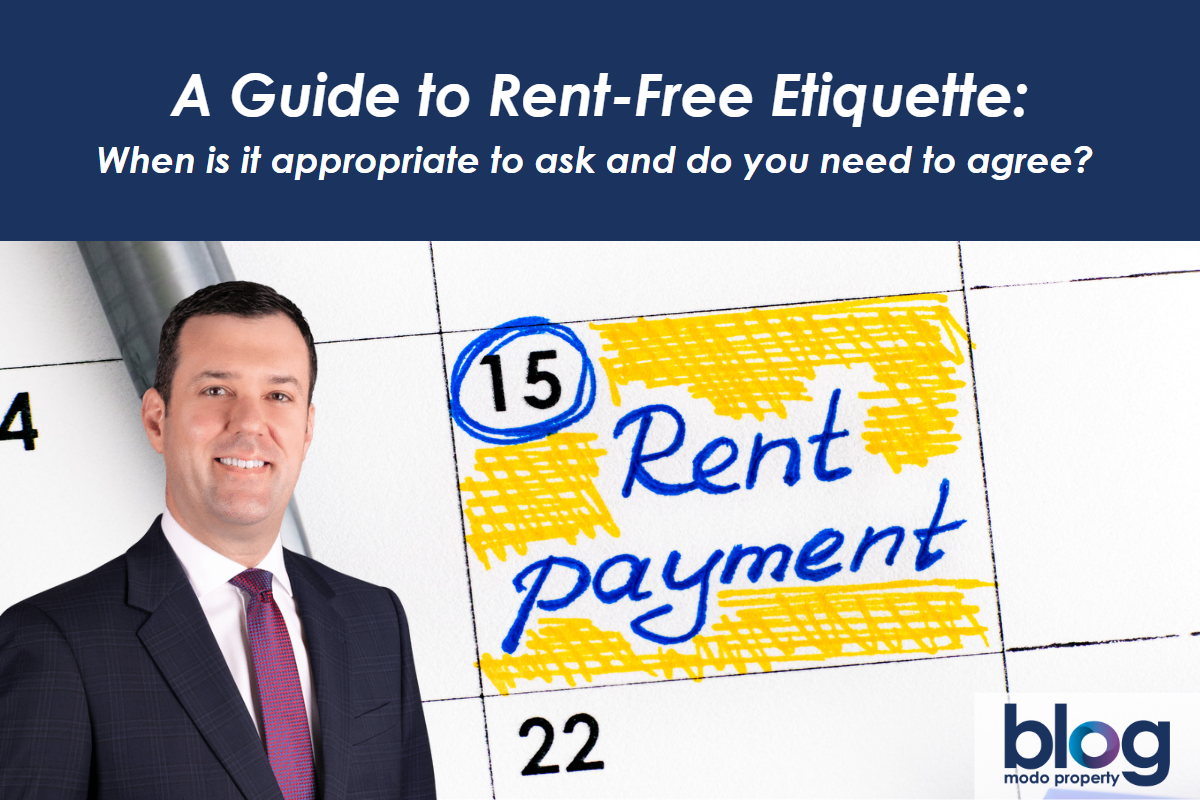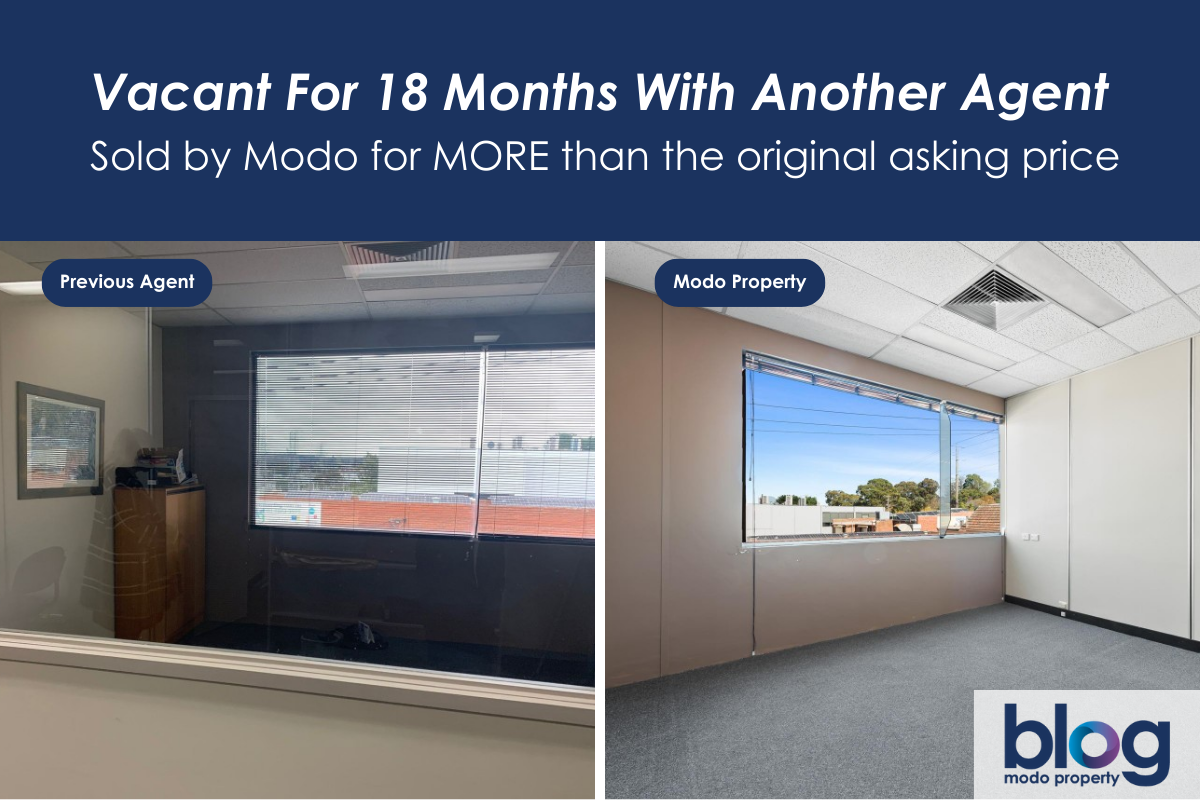A Guide to Rent-Free Etiquette
When is it appropriate to ask and does the Landlord need to agree?
Rent-free periods are traditionally offered to an incoming tenant in lieu of landlord works. Basically, if the tenant has a fit-out requirement for their business, instead of the landlord paying for this work, the tenant organises it themselves and is compensated with rent-free.
Sometimes a rent-free period is offered to a tenant purely as a financial incentive to move forward with a deal without the requirement for additional fit-out. However, our leasing team is finding that this is becoming less common as the retail and office market recovers from the 2020-2022 covid slump. Really it is basic supply-and-demand factors that govern this aspect.
Factors that impact the rent-free provided:
- How much is the tenant investing in the fit-out? Is it contributing to the overall value of the premises? Are they planning on leaving it when they eventually vacate?
- What is the length of the lease term?
- The strength of the incoming tenant: are they a national company or part of the government? Do they have a history of staying in a location for longer periods?
Why would a tenant be denied a rent-free period?
- They aren’t contributing to the value of the premises with a fit-out
- Short lease term
- The landlord simply doesn’t want to offer it. Their property, their choice!
Recent example:
A few weeks ago we leased a smaller 80 sqm office in a suburb in Melbourne’s North-East; it was a bright corner office with a smaller partitioned office already built. The incoming tenant wanted to create a ‘tea room’ for his staff and requested 3 months rent-free from the landlord. This request was politely denied as there was no way that the cost to install a plaster wall and a standard door was on par with three months’ rent. Our management team sought some advice from our contractors and based on these costing, the landlord countered at 1 month’s rent-free. In the end, both parties agreed to 2 months after the tenant added a year to their initial term.
Another example:
A shop was leased to a developer who wanted to use it as a sales office for a nearby project; there would be significant work done to the premises to bring it up to a ‘sales display’ standard. They did not know how long they would require the property and requested a 1 year lease plus four 1 year options. A deal proceeded without any rent-free due to the short terms offered however the tenant was fine as he placed more value on the flexibility of short 12-month terms.



